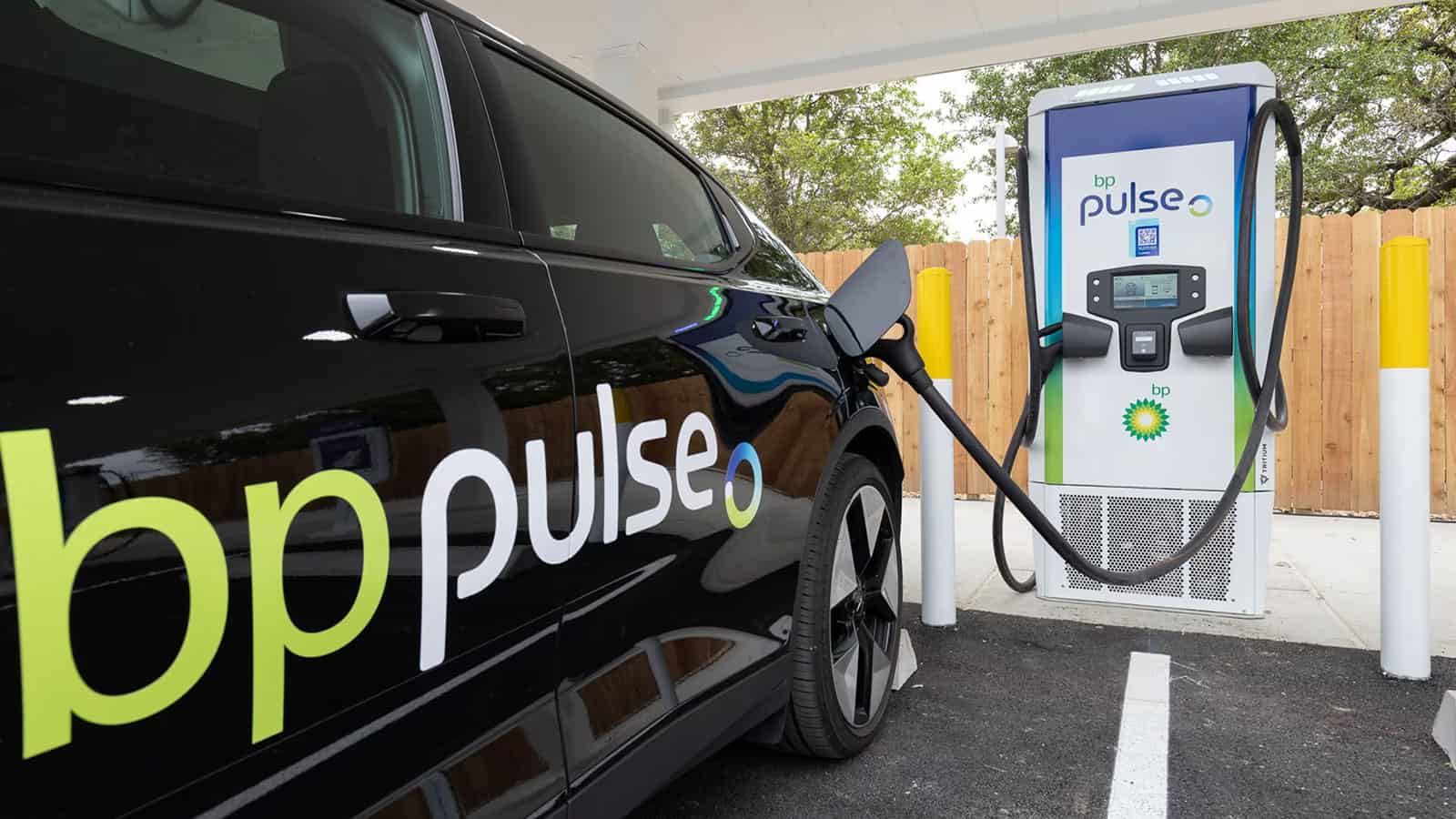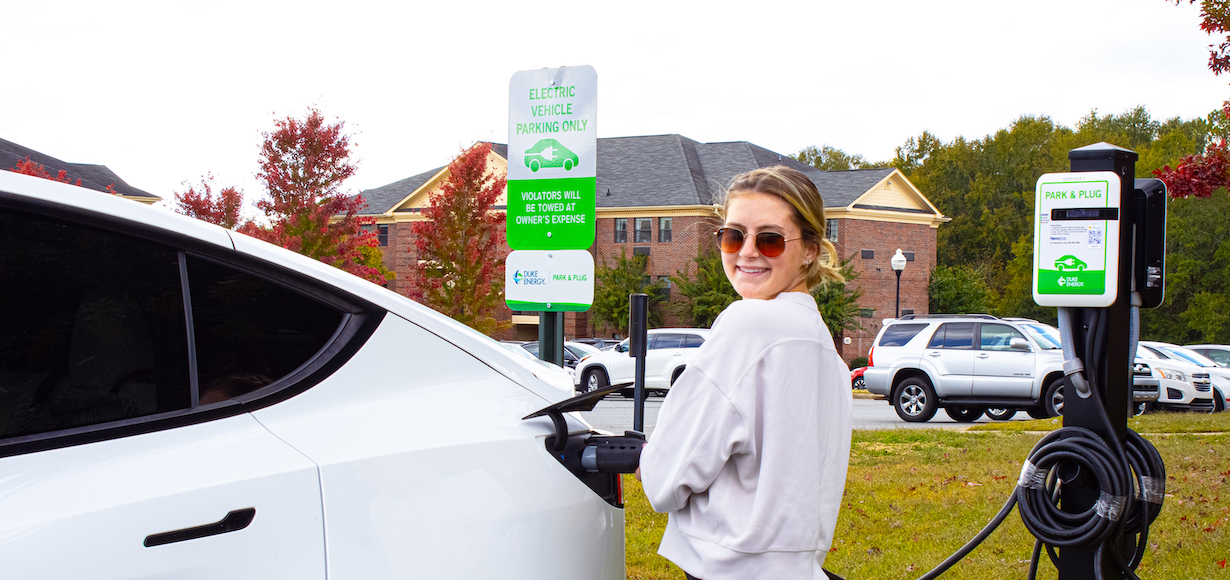What’s Driving the Growth of EV Infrastructure? Buy EV Charging news for Key Updates
What’s Driving the Growth of EV Infrastructure? Buy EV Charging news for Key Updates
Blog Article
New Advancement in EV Charging: How the Market Is Developing to Meet Need
As the electric car (EV) market continues to broaden, the billing facilities is undergoing considerable makeovers to resolve the rising demand. Trick growths in ultra-fast charging technologies, paired with clever grid combination, are improving the landscape. In addition, innovations in battery innovation assurance enhanced efficiency and sustainability. The quest of global charging requirements remains a crucial variable in allowing smooth individual experiences and extensive adoption. The effects of these developments raise important questions about the future of EV billing and its role in the broader energy ecosystem.
Development of Billing Facilities
The fast expansion of electrical vehicle (EV) charging infrastructure is an essential part in helping with the prevalent fostering of electrical flexibility. As governments, personal companies, and customers increasingly identify the importance of lowering carbon exhausts, financial investments accountable networks have risen. This facilities development is important to minimize range anxiety, making sure that EV individuals have practical accessibility to billing stations.
Substantial developments in billing terminal innovation and implementation techniques have actually arised. Urban locations are seeing a spreading of public charging stations, while rural regions are progressively being integrated into the billing network. Moreover, partnerships in between automobile manufacturers and billing service providers are ending up being much more common, facilitating the establishment of comprehensive networks that boost user experience and availability.
Furthermore, the assimilation of renewable resource sources into charging stations is acquiring momentum, advertising sustainability in the EV community. This transition not only sustains ecological goals however additionally aligns with the increasing demand for eco-friendly power services among consumers.
Ultra-Fast Charging Technologies
Ultra-fast charging technologies represent a significant leap onward in the EV charging landscape, allowing electrical cars to recharge in a fraction of the moment contrasted to standard billing techniques. These advancements usually deliver power levels surpassing 150 kW, with some systems getting to up to 350 kW or even more, dramatically lowering billing times to just 15-30 minutes for a significant fee.
Secret allowing modern technologies include developments in battery chemistry, power electronics, and thermal monitoring systems. As an example, high-capacity batteries with improved thermal security enable faster charging without overheating. Furthermore, growths in charging facilities, such as liquid-cooled cables and modular billing stations, promote reliable power transfer, improving the overall individual experience
Significant vehicle producers and modern technology companies are proactively buying ultra-fast charging networks, acknowledging the essential role they play in overcoming variety anxiousness and increasing the fostering of electric vehicles. As these modern technologies become much more extensively available, the EV market is anticipated to witness considerable development, making electric wheelchair an extra eye-catching alternative for consumers. On the whole, ultra-fast billing innovations are pivotal in forming the future of sustainable transport, leading the way for a much more extensive and reliable charging community.
Smart Grid Integration

Via need response methods, smart grid systems can readjust charging schedules based on grid conditions and electrical energy pricing. Throughout durations of high demand, billing can be postponed to off-peak hours, resulting in lower costs for consumers and minimized stress on the grid. Furthermore, vehicle-to-grid (V2G) modern technologies make it possible for EVs to discharge power back right into the grid, improving and giving supplementary services grid stability.
Integration with sustainable energy sources even more increases the sustainability of EV charging. By straightening billing activities with durations of high solar or wind generation, wise grids advertise a greener charging framework. Ultimately, smart grid combination not just supports the expanding need for EVs but additionally adds to a more sustainable and resilient power future, placing the sector for long-term success.
Battery Developments
Amidst the fast development of electrical cars (EVs), battery advancements stand at the forefront, driving improvements in effectiveness, sustainability, and performance. As the need for EVs rises, producers and scientists are concentrating on boosting battery innovations to resolve difficulties such as visit site range stress and anxiety and billing times.
Lithium-ion batteries remain the most commonly used innovation, yet brand-new materials and chemistries are emerging to improve energy thickness and longevity. Solid-state batteries, for instance, assure higher power storage ability and boosted security by changing liquid electrolytes with solid ones. This shift could substantially decrease the threat of fire and boost the life expectancy of my sources batteries.
Additionally, improvements in battery reusing processes are vital for sustainability. Firms are developing approaches to recuperate valuable materials like lithium, cobalt, and nickel from made use of batteries, advertising a circular economic climate and reducing environmental effect.

Worldwide Charging Standards

Initiatives are underway to develop global billing standards that help with compatibility amongst various EV models and charging blog terminals. Organizations such as the International Electrotechnical Commission (IEC) and the Culture of Automotive Engineers (SAE) are working collaboratively with automotive suppliers and energy service providers to create extensive standards. EV Charging news. These criteria objective to enhance the billing procedure, reduce the requirement for numerous adapters, and boost user experience
In addition, standardization can significantly reinforce the growth of the billing network, as it encourages financial investment by making framework development extra reliable and foreseeable. As the EV market develops, a unified strategy to billing criteria will be essential for making certain that customers can bill their vehicles comfortably and dependably, consequently sustaining the broader transition to lasting transport.
Conclusion
The electrical lorry charging market is undergoing substantial change to resolve the surging need for sustainable transport. Developments in charging infrastructure, ultra-fast modern technologies, wise grid combination, and cutting-edge battery services are critical in enhancing customer experience and functional performance.
Urban locations are seeing a spreading of public billing terminals, while country regions are progressively being integrated into the charging network. Additionally, developments in billing infrastructure, such as liquid-cooled wires and modular charging stations, help with reliable power transfer, boosting the general user experience.
On the whole, ultra-fast charging technologies are critical in forming the future of sustainable transport, leading the way for a much more comprehensive and efficient charging ecological community. - EV Charging news
By straightening billing activities with durations of high solar or wind generation, smart grids advertise a greener billing facilities.Efforts are underway to develop international charging requirements that promote compatibility among different EV designs and charging stations.
Report this page